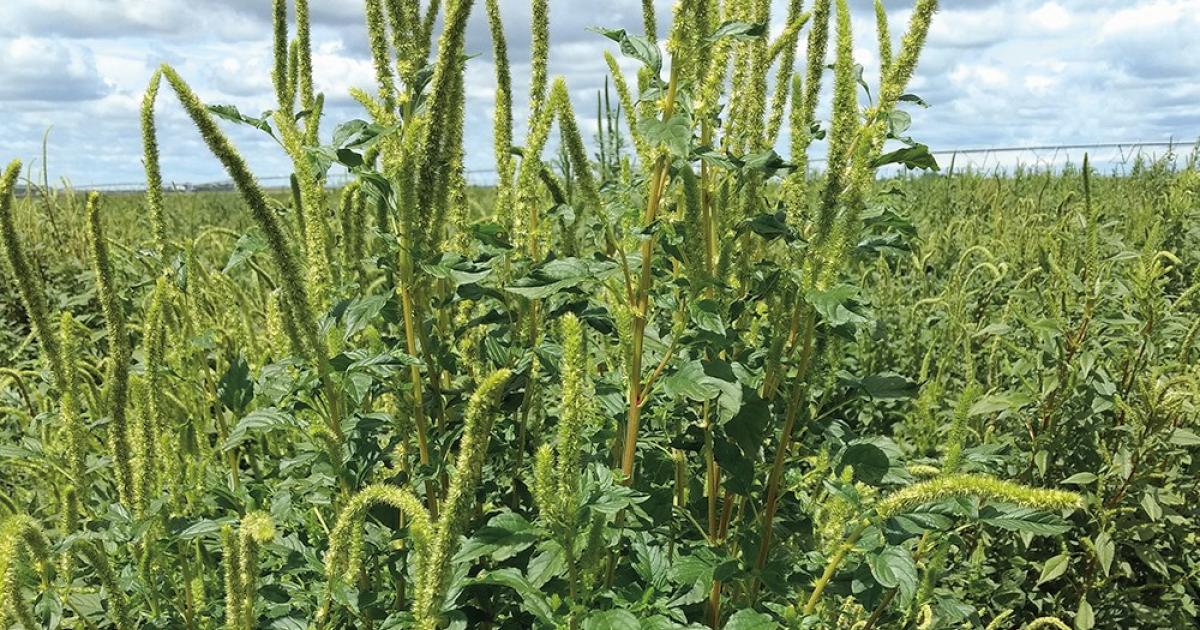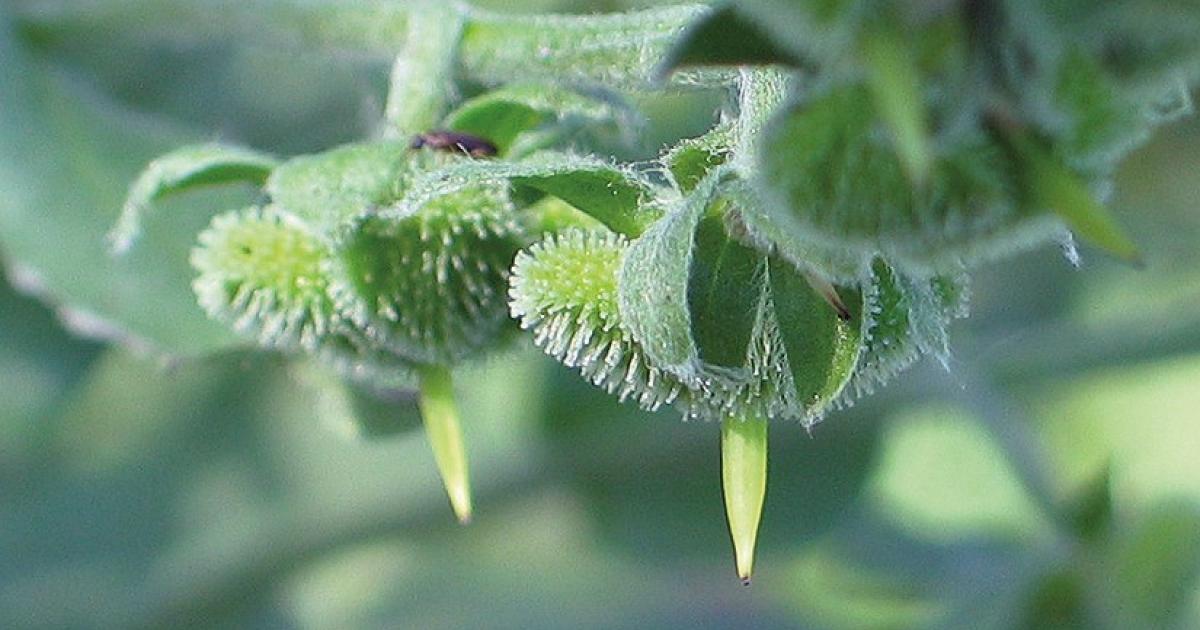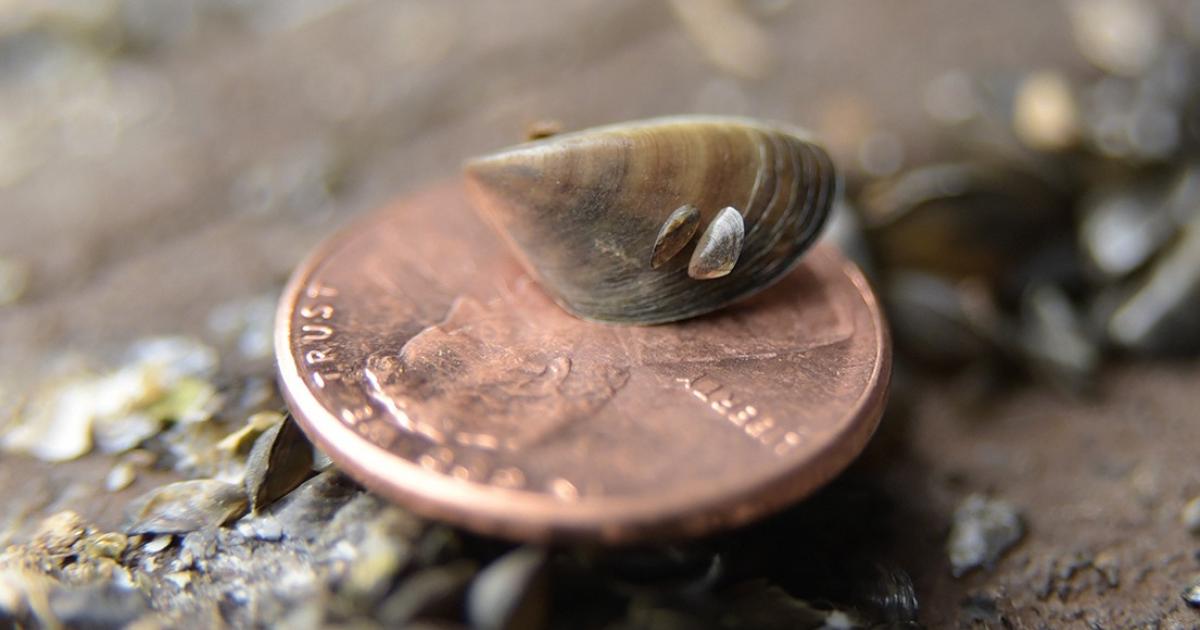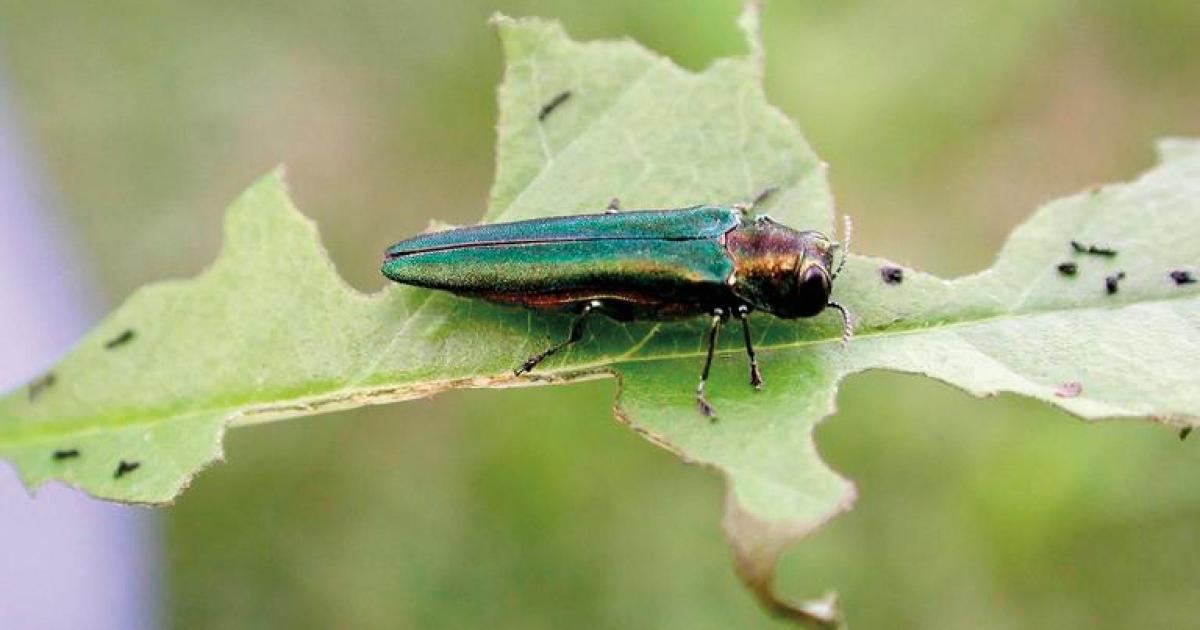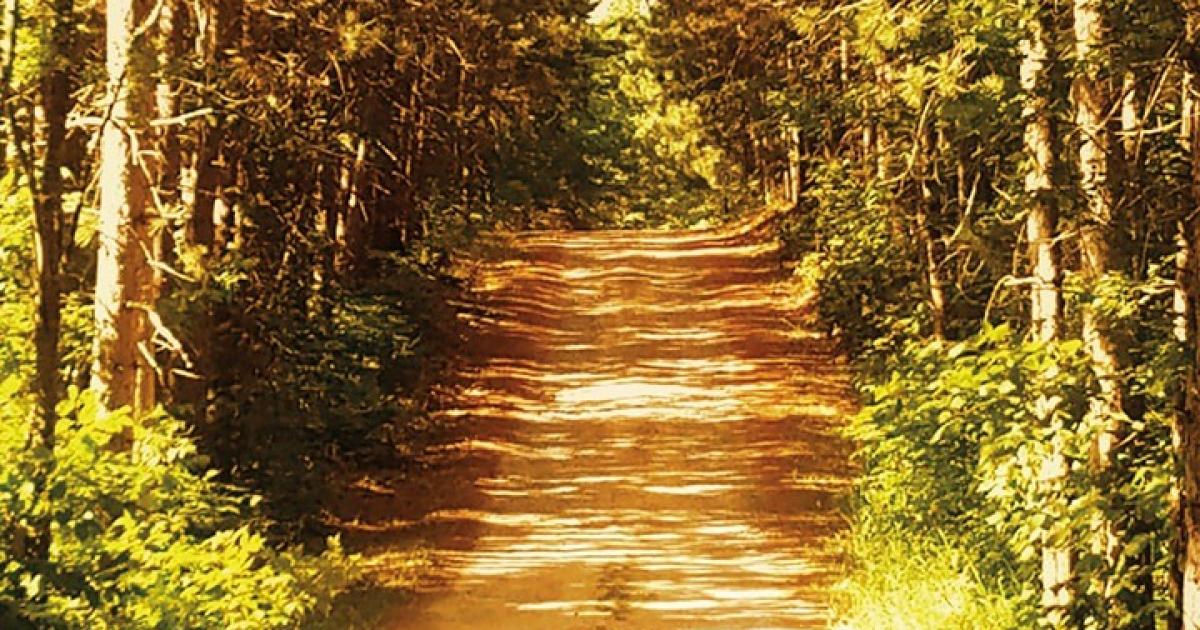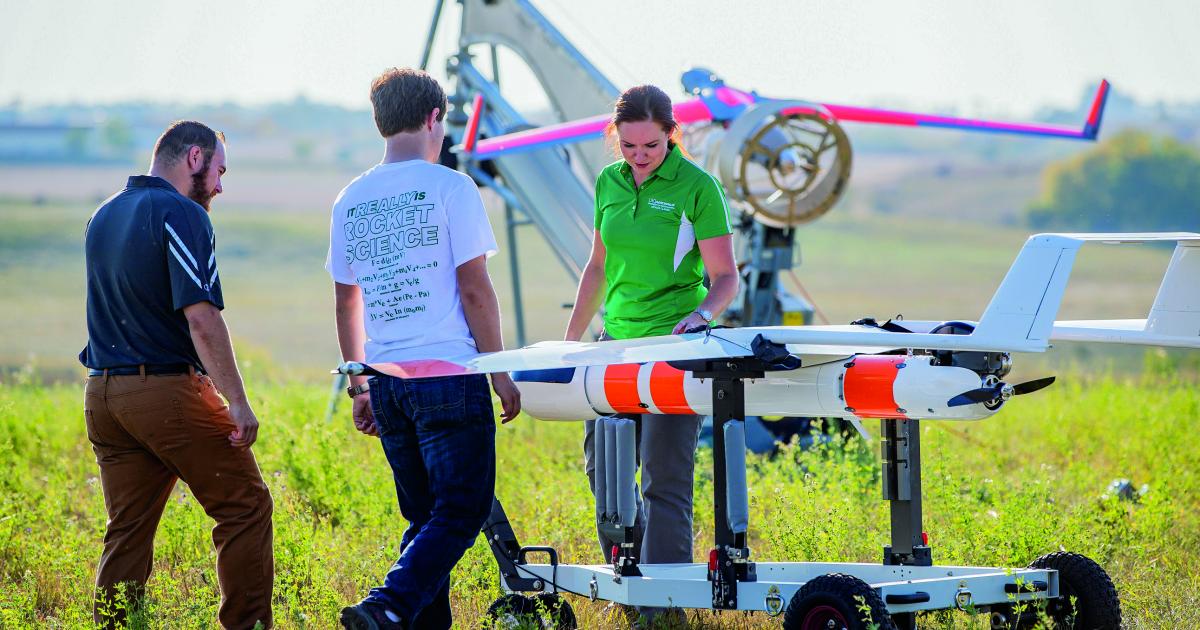Stopping or preventing the spread of invasive species involves research, science, education, awareness and you. In North Dakota, invasive species mitigation efforts have long been carried out by folks at NDSU Extension, N.D. Game and Fish and the N.D. Department of Agriculture. But the success of these efforts falls largely on the public – you – to help identify these bad actors, notify through the proper channels and keep the land and waters of North Dakota thriving for generations to come.
Can you pass this invasive species quiz? Test your knowledge and ID the invasive species below. Turn to the next page to see how you did!
PALMER AMARANTH
PALMER AMARANTH
Palmer amaranth is a competitive and aggressive pigweed species that poses a major threat to North Dakota crop production. First identified in North Dakota in McIntosh County soybeans in August 2018, the weed has a wide genetic diversity, which allows it to adapt to new environments and develop resistance to many herbicides used to control pigweed species.
“Palmer amaranth’s prolonged emergence period, rapid growth rate, prolific seed production and propensity to evolve herbicide resistance quickly makes this the most pernicious, noxious and serious weed threat that North Dakota farmers have ever faced,” says Rich Zollinger, a retired NDSU Extension weed scientist.
Palmer amaranth has reduced crop yield up to 91 percent in corn and 79 percent in soybeans and has been found in 13 North Dakota counties.
▶ A summer annual plant that grows aggressively – 2 to 3 inches per day in optimum conditions – and up to 6 to 8 feet tall.
▶ Smooth leaves, 2 to 8 inches long, arranged in an alternate pattern and lance or egg-shaped.
▶ Green flowers, not showy, that end in three spiny bracts. Prickly female flowers.
▶ Seed head spikes 1 to 3 feet long.
HOUNDSTONGUE
Houndstongue is a biennial poisonous herb that forms a rosette the first year, and bolts and flowers the second. Each flower produces three or four nutlets with very hard coats. The seeds have numerous barbs.
“The seed will stick to clothing and hair like Velcro,” says Dr. Joe Ikley, NDSU Extension weed specialist.
Because of this, houndstongue nutlets often become imbedded in the wool or hair of livestock and can be problematic for pets, as well. This plant is commonly found in disturbed areas, including roadsides and trails, and in pasture and woodlands following soil disturbance or overgrazing. Houndstongue also contains alkaloids that are toxic to cattle and horses.
▶ Plants that grow 1 to 4 feet high and flower midsummer.
▶ Small red to burgundy flowers arranged in clusters with three to four flat, teardrop-shaped nutlets that have hard seed coats and numerous barbs.
▶ Oblong, pubescent, rough leaves that resemble a hound’s tongue.
ZEBRA MUSSELS
Zebra mussels are relatively new to North Dakota waters, discovered in the Red River in 2015 and in the first North Dakota lake, Lake Ashtabula in Barnes County, in 2019. This aquatic nuisance species (ANS) filter-feed on small plants and animals, impacting water quality and disrupting the ecosystem in a body of water, and attach to hard surfaces, causing issues for recreational activities. Zebra mussels can plug water intake structures on boats and other watercraft and cause safety issues when washed up onshore.
Unfortunately, once zebra mussels are established in a waterbody, they are very costly and nearly impossible to eradicate, says Ben Holen, N.D. Game and Fish Department (NDGF) ANS coordinator.
The best way to stop the spread of these species is through education and prevention practices. When taking equipment out of a lake or stream, NDGF advises operators remove all plants and mud and drain water prior to leaving. Allow the equipment to dry completely, rinse with 140-degree water for 10 seconds, or disinfect with an approved method, such as a 0.02-percent bleach solution for 10 minutes of contact time or freezing for 72 hours.
▶ Small, D-shaped or triangular bivalves with alternating light and dark brown stripes, like a zebra.
▶ Typically found in shaded areas, attached to undersides of hard surfaces by means of small hair-like structures, called byssal threads.
EMERALD ASH BORER
Not yet detected in North Dakota, the emerald ash borer (EAB) is a top invasive species concern. It is believed that EAB may reach the state in the coming years.
EAB is an insect that attacks all ash trees regardless of their vigor, size or age. Tens of millions of ash trees have already been destroyed in places where this pest has been found, devastating habitat and causing significant economic costs to cities and towns, property owners and industry.
Green ash comprises more than 30 percent of conservation plantings in North Dakota, including shelterbelts, and more than 60 percent of natural forests in the state. As part of a nationwide effort, the N.D. Department of Agriculture participates in a “Don’t Move Firewood” (www.dontmovefirewood.org(link is external)) education and awareness campaign to prevent pests, like EAB, from entering the state. Primary long-distance spread of EAB is thought to occur through infested firewood. As such, the public is encouraged to both buy and use firewood locally.
▶ Compact bright, metallic green beetles with short legs, “saw-toothed” antennae, ½-inch long, flattened backs and purple abdominal segments beneath wing covers.
▶ EAB-infected trees lose the top third of their canopies first, can grow sprouts from the roots or trunk, and may have vertical bark splitting.


